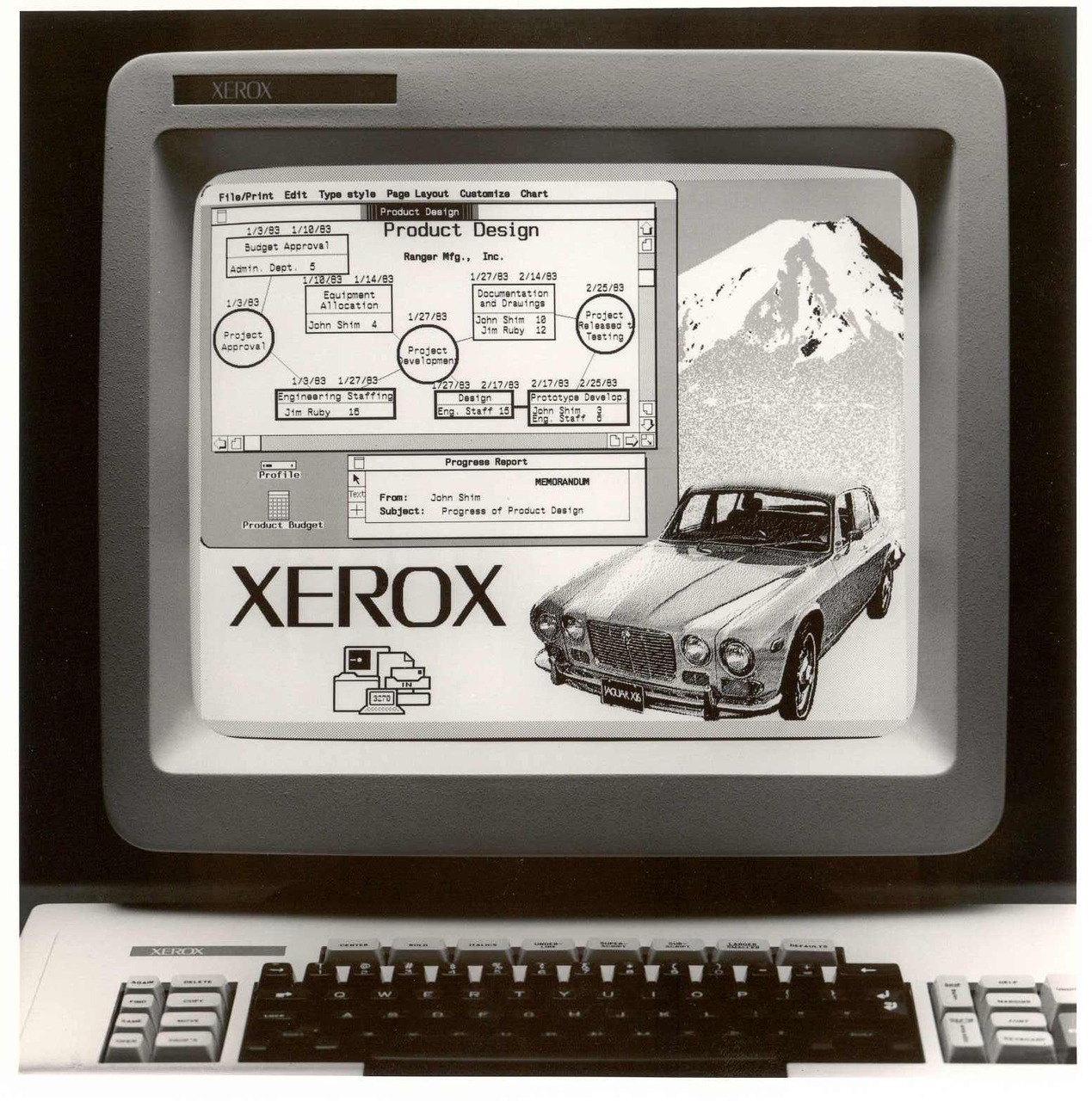A beautiful photo set of Western Electric and Bell Labs test equipment from Flickr user Marc F. Vintage telephony pr0n.
Tag: history
-
Western Electric and Bell Labs Test Equipment Gallery
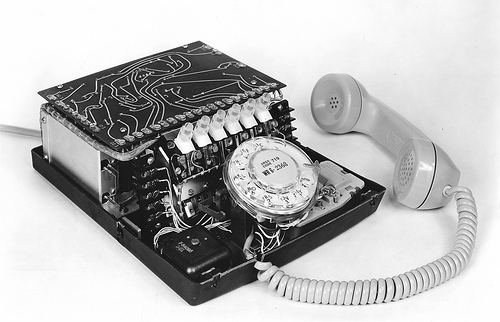
-
Binocular Diplopia and the Book of Kells
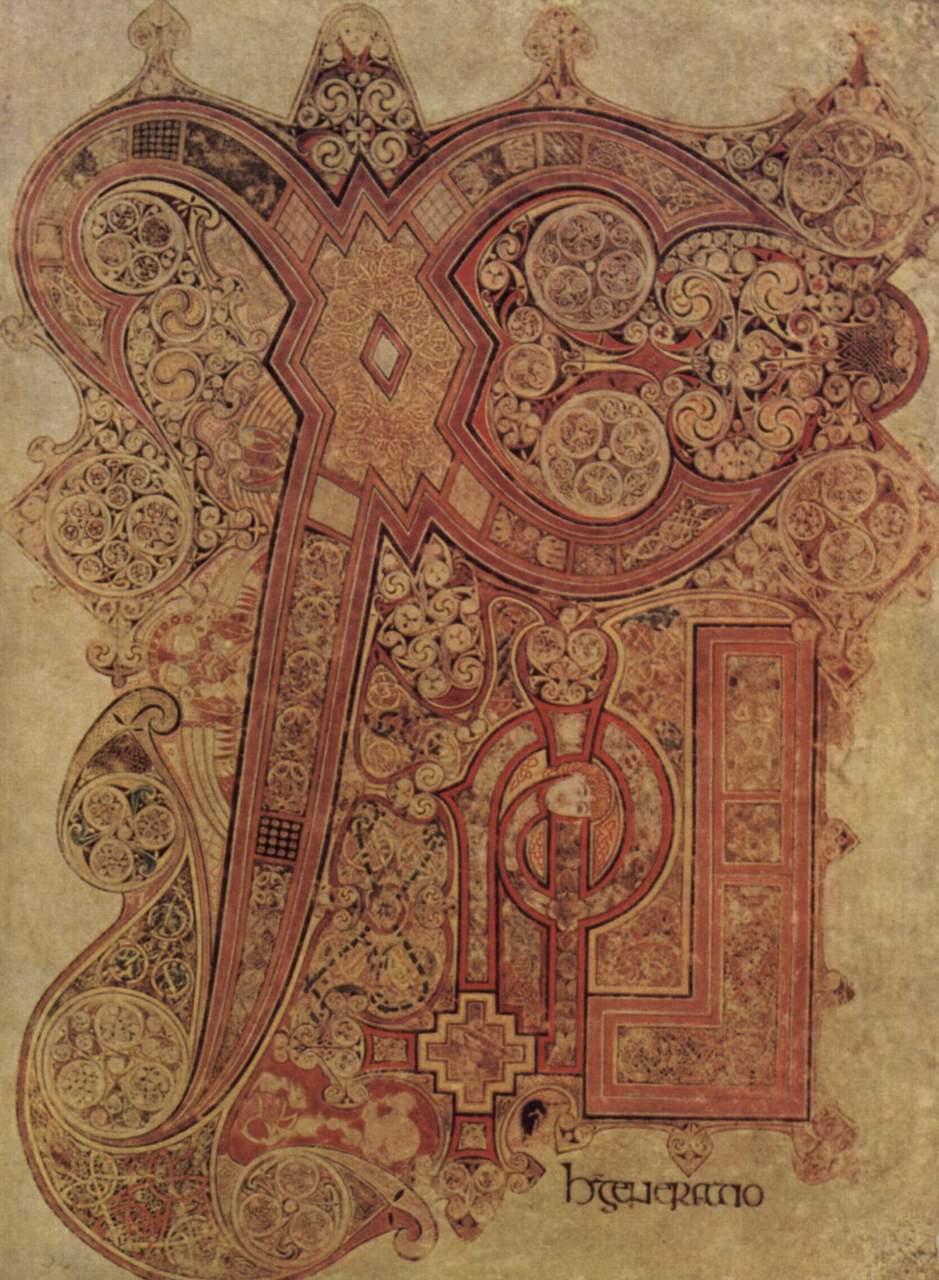
How did reclusive monks living in the year 700 or 800 AD draw the intricate lines of the Book of Kells, rendered by hand at sub-millimeter resolution (about the same level of detail as the engraving work found on modern money), hundreds of years before optical instruments became available, hundreds of years before the pioneering visual research of Alhazen? According to Cornell paleontologist John Cisne’s theory, their trick was in the detail and pattern: by keeping their eyes unfocused on the picture plane, the monks could superimpose their linework and judge the accuracy against the template using a form of temporary binocular diplopia (sort of like willing yourself to view a stereograph or one of those Magic Eye posters).
That’s amazing.
-
The 1949 Harwell/WITCH
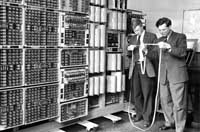
The “world’s oldest [working] computer”, the c.1949 Harwell/WITCH, is undergoing restoration for display at Bletchley Park’s National Museum of Computing, and will be exhibited next to the Colossus Mk2. I’d make them play chess against each other.
(Via El Reg)
-
The Full Moon Appears as a Tarte
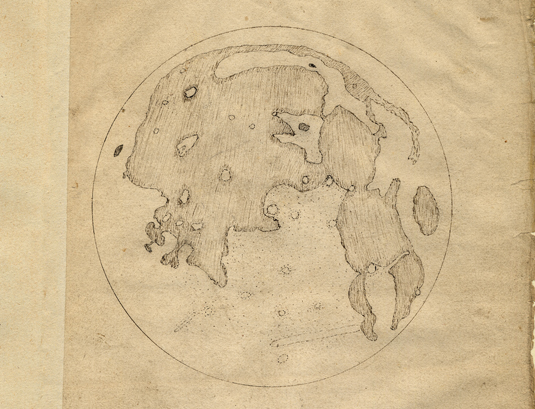
“Harriot regularly corresponded with friends who were also trying out telescopes. One wrote to him saying that the full moon ‘appears like a tarte that my cooke made me the last week’.”
— A note from the “Cosmos and Culture: how astronomy has shaped our world” exhibit at London’s Science Museum, describing this first-ever drawing through a telescope, created circa 1610 by English mathematician Thomas Harriot.
Note to Austinites: the excellent Harry Ransom Center at UT will soon be opening their exhibit “Other Worlds: Rare Astronomical Works”, featuring some beautiful drawings by the likes of Cassini, Kepler, and Brahe. Can’t wait.
-
Death Has Long Been a Savvy Financial Move in the
Death has long been a savvy financial move in the visual arts: it guarantees that the supply of new works has come to an end, conferring scarcity value upon the existing oeuvre. For an artist it is better to die old, however. Death can reduce the value of young artists by taking them from the market before immortality is assured. From “Of Death and Profit”, New York Times Editorial Notebook, August 19, 2009.
-
The So Called Mother of All Demos the
The so-called “Mother of All Demos”, the technology presentation given by Doug Engelbart of the Stanford Research Institute, which introduced to the world a number of useful developments: hypertext, the computer mouse, timesharing, email, video conferencing… And this was a bit over forty years ago, just before the ARPANET went online. Pretty amazing times.
The videos are available in more digestible chunks over on Stanford’s MouseSite.
-
Bell Lab‘s Blit Windowing System
(video no longer available)
Blit, an early Unix-based multitasking windowing system demo from Bell Labs, a precursor to the X Window System. X11 didn’t look much different ten years later, and true multitasking and multi-user systems have only recently filtered into the Mac and Microsoft Windows worlds. Not bad for 1982.
(Via 5cience)
-
First TV Broadcast: Papier Mâché Felix the Cat
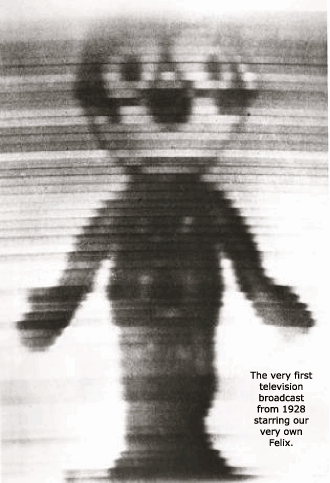
This papier-mâché Felix the Cat was the first image to be broadcast over experimental television in preparation for the first public RCA broadcast in 1928. Black and white and made of durable material, they had him revolving on a turntable, beaming out as a tiny test image so engineers could adjust the signal. Early TV technology fascinates me.
There’s more good info on early test patterns over at Design Observer.
-
Id Been Wondering What Those Thinly Etched or
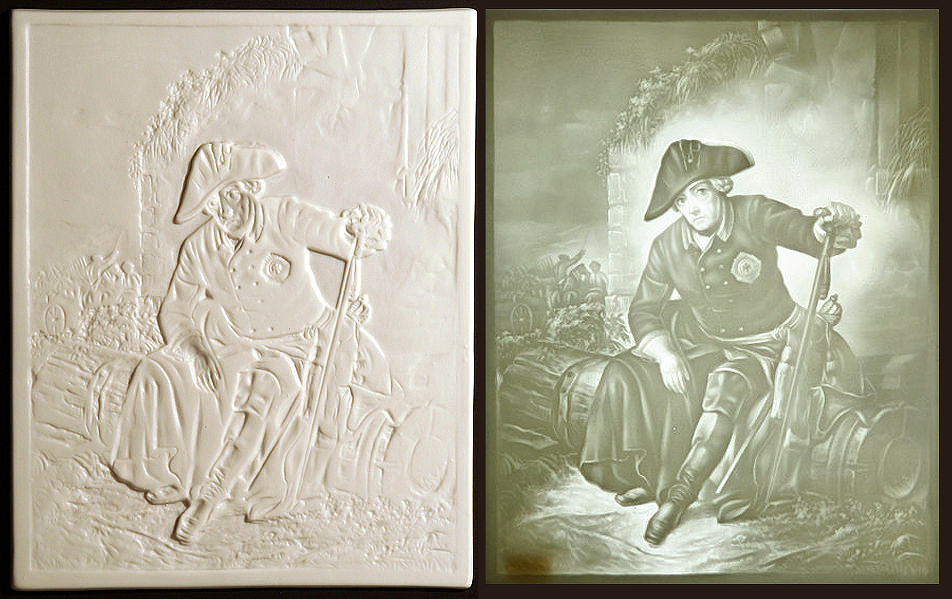
I’d been wondering what those thinly-etched or embossed porcelain “hidden images” found on antique plates and teacups were called: lithophanes. Artists would carve molds for them using warm wax over a glass plate, with a mirror to reflect light from a window underneath so they could get a preview of their work. A translucent bas relief, with the subtle grisaille quality of a lithograph.
I came across the name after seeing a blog entry on Finkbuilt about using his CNC router robot to computer-carve some psuedo-lithophanes. Is there anything that CNC and/or laser etching can’t do?
A video of his machine carving:
(Photo above via the Wikimedia Commons)

